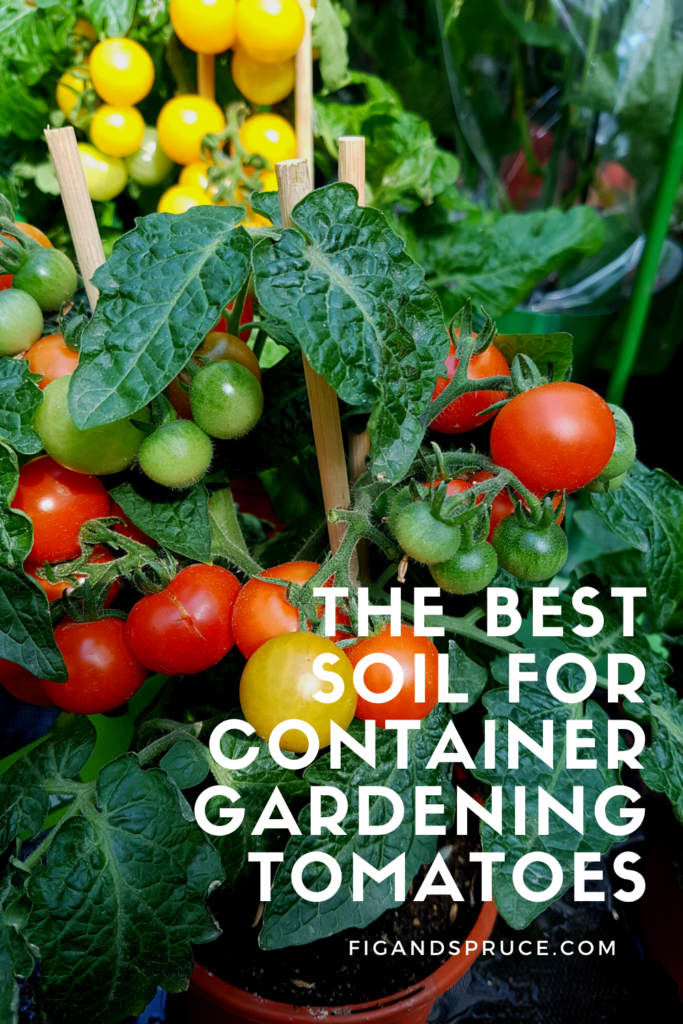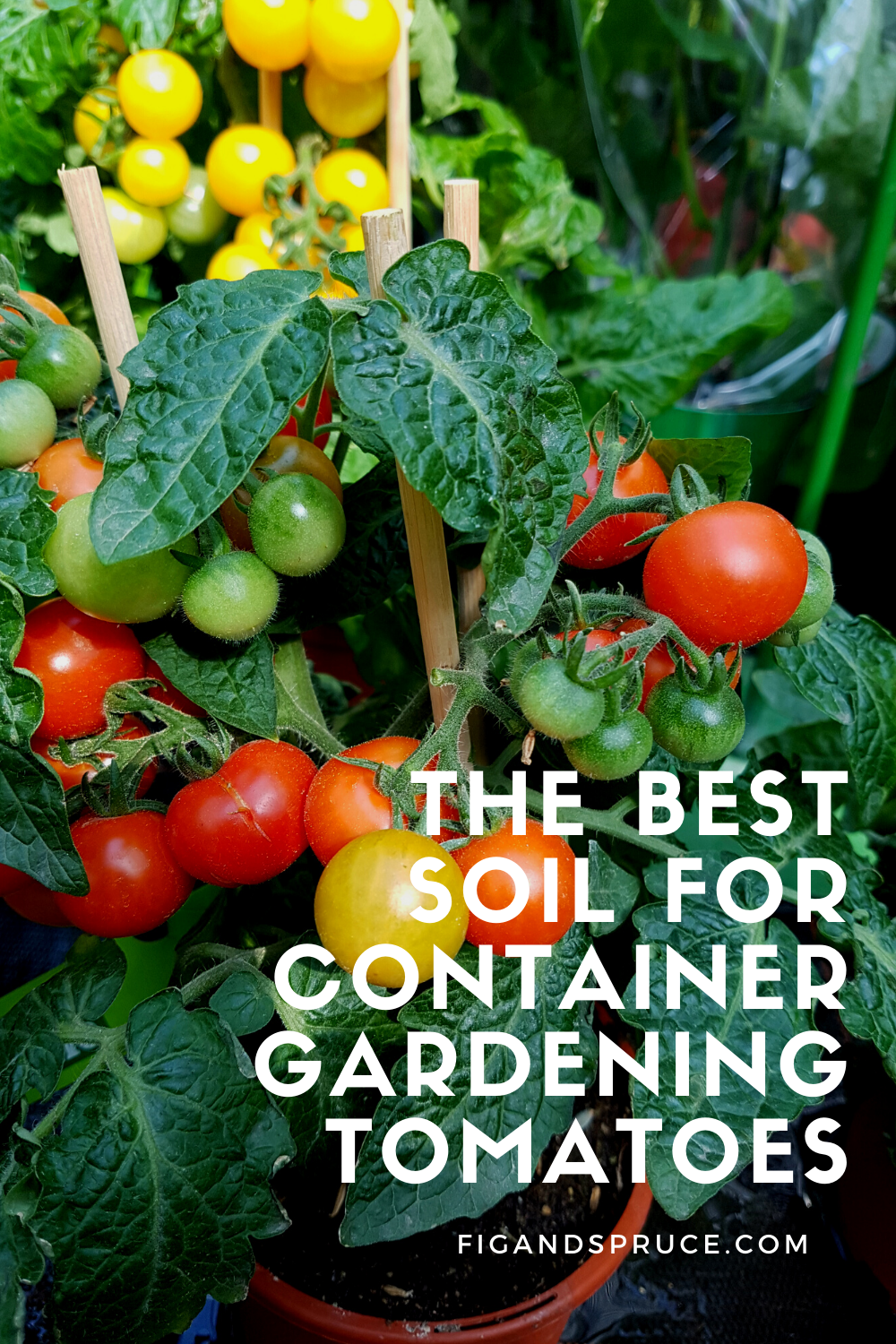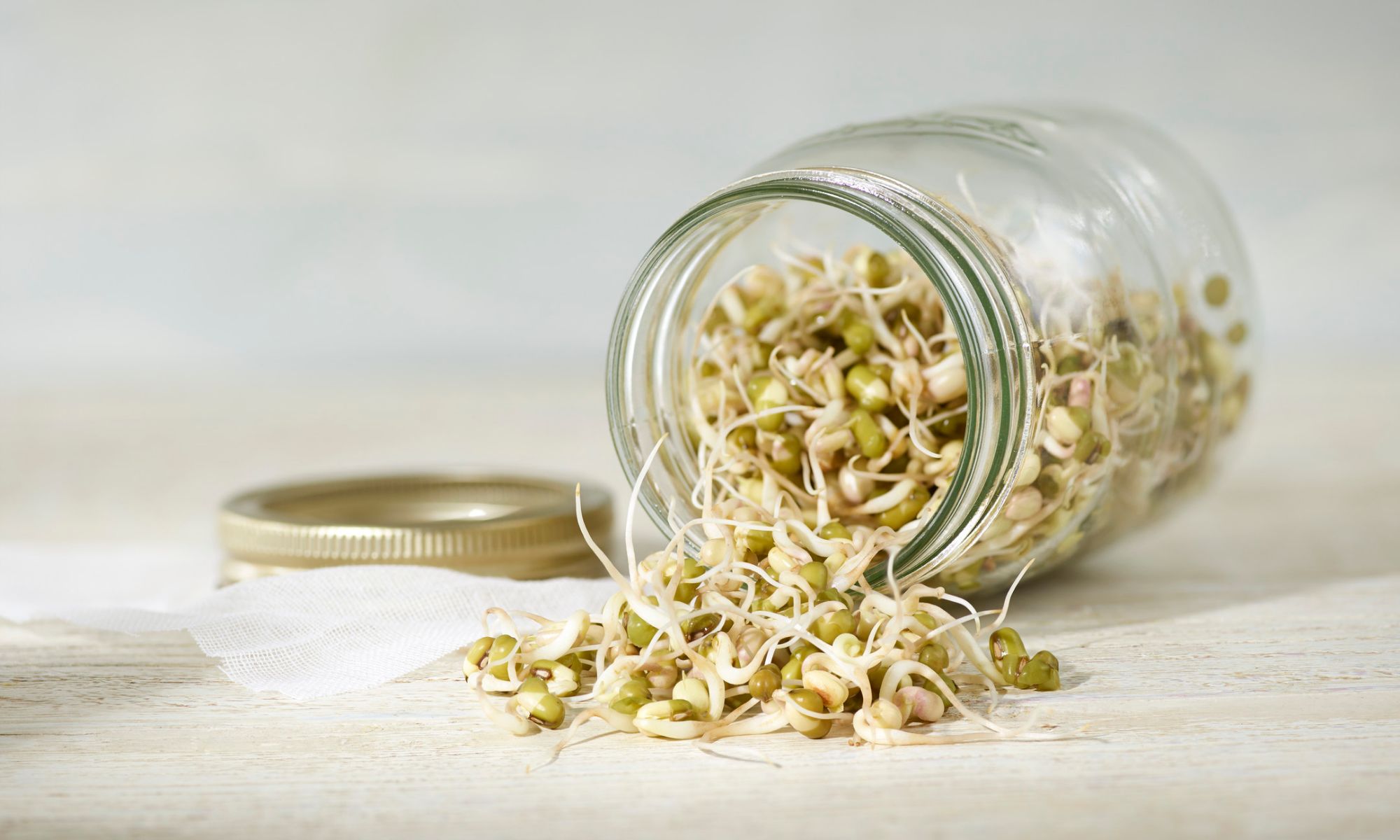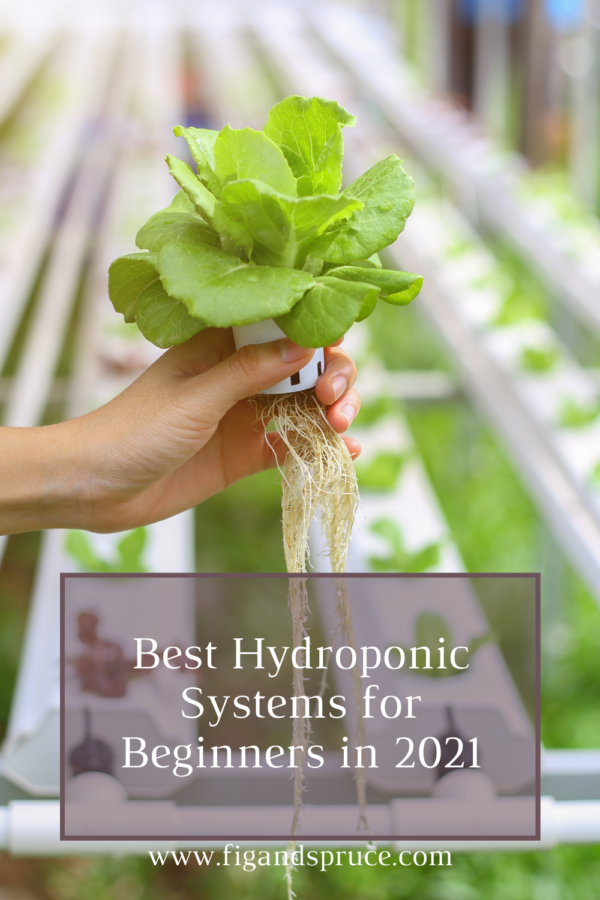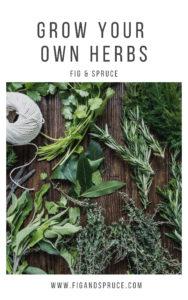Container garden tomatoes can be tricky to master, but they’re definitely doable, even for beginners! There are several things you want to consider when selecting the soil to grow your container garden tomatoes in.
Tomatoes can grow in a wide variety of soils. However, if you pick a great option that is well aerated, provides ample drainage, and has the right amount of nutrients and PH, you’ll help your plants along to providing the most flavorful fruit throughout the grow season!
This article is specific to recommendations for container garden tomatoes, but many of these potting soil options will work for a variety of plants. When selecting a soil (specifically for container gardening) be sure to look for high quality ingredients and superior soil composition. This is important because in a container, your plant can’t draw nutrients from the earth like in an in ground garden.
Read also: How to Grow Tomatoes on a Balcony
Table of Contents
Our Top Picks for Soil for your Container Garden Tomatoes
Lets talk about our top picks for soil for container garden tomatoes.
Best Overall Soil: Fox Farm Potting Soil
The FoxFarm Potting Soil is our best overall pick. This mix comes with a pH adjusted soil ranging from 6.3 to 6.8, making it the perfect pH level for your tomato plants. Its ingredients are the biggest pro, made up of “a blend of earthworm castings, bat guano, sea-going fish & crab meal, forest humus, moss & more”.
This mix of ingredients will help ensure proper nutrients are in place for your plants, and for 2 12-quart bags under $30, this is our top pick of soils for your container garden tomatoes.
Best Premium Soil: Happy Frog Potting Soil
The Happy Frog Potting Soil is a great option for container garden tomatoes. It has an adjusted PH level that allows for maximum nutrient absorption. It also comes well aerated which is great for tomato plants.
At under $20 for a 12 quart bag this is priced just a bit above some of the other options. However, given the high quality mix made up of “beneficial soil microbes and mycorrhizal fungi”, we consider this mix worth the splurge.
The happy frog potting soil is a well balanced all around soil, and can work for many other plants besides your tomatoes. If you’re looking for a soil that will work well for your whole garden, this is a good option.
Best Budget Mix: Miracle Gro Moisture Control Potting Mix
For a budget friendly option, the Miracle Gro moisture control potting mix. This potting mix’s key benefit is that it protects against over and underwatering, and aids in nutrient absorption. At just above $10 for two 8 quart bags, this is a budget friendly option for anyone just starting out.
However, this potting mix does not contain any added nutrients or fertilizers, so you’ll want to consider that when potting your container garden tomatoes.
Factors to Consider When Selecting Soil
Soil type
The type of soil you select for your tomatoes is likely one of the most important decisions when planning your garden.
Any time you’re creating a container garden, we recommend choosing a potting soil for your plants, as opposed to garden soil or topsoil.
Garden soil can be confused with potting soil, often because they’re both sold in large bags at gardening stores.
However, garden soil is different than potting soil. Potting soil contains the right balance of nutrients and materials to ensure proper drainage for your plants. This is especially important in container gardening.
Additionally, there’s more variation with garden soil or topsoil. Especially with topsoil (meaning soil from the ground) you risk bring bugs or diseases into your container garden that can be harmful to your plants.
Related read: How to Test Your Garden Soil Acidity
Materials
When selecting a potting soil, you want to look for high quality ingredients.
Specifically for container gardening, you want to ensure that you have a good balance of nutrients, and materials that will provide drainage for your plant. Perlite and coco peat or coco coir are some of the more common materials seen in potting soils.
Achieving the right balance of materials to deliver nutrients and provide drainage is key, specifically for container gardening. If your plants can’t get the right level of drainage then you risk them developing root rot, which is a condition that occurs when plants sit in water for extended periods of time.
PH Levels
The ideal PH level for tomatoes is between a 6 and 6.8 PH level, however you can go slightly outside of that without hindering the plant too much.
In general, potting soil will likely come pH balanced already so most types will work well for container garden tomatoes.
If you choose to use garden soil or top soil, we recommend testing the soil prior to use. You can use this meter to check for pH levels. It also has the functionality to check for soil moisture, which can be a useful tool in container gardening.
How Much Soil Should You Use?
Container garden tomatoes need ample space for their roots to spread as the plant grows. We recommend a 10 gallon pot with holes for adequate drainage. Depending on the type of tomato, you might be able to get away with smaller, but a 10 gallon is the best option if possible.
Other Considerations for Container Garden Tomatoes
Light
Tomatoes need lots of light to thrive. If you’re planting a tomato plant in a container, there’s a chance you’re placing it in an area that does not get a ton of direct sunlight.
If you’re worried about the amount of light your plant will get, we recommend supplementing natural light with grow lights. Even just a few hours a day can make a huge difference in the plant’s growth.
Weather
Whether or not they’re planted in a container or in the ground, tomatoes absolutely need warm weather to thrive. Tomato plants should be planted in late spring to ensure they’re growing in the heat of the summer.
Water
Container garden tomatoes need lots of water – even more so than regular tomato plants. Because they’re a planted in pots during summer months, they can tend to get quite warm and need additional water as a result. Another option is to use a grow bag to prevent overheating – check out the pros and cons of using a grow bag for more info!
That being said, you don’t want your plant to be sitting in water in the entire time. Tomatoes need to be watered regularly but the pots should have adequate drainage to prevent root rot.
The best way to ensure proper drainage is to buy a planter with holes in the bottom that allow the water to escape. Plant to water your tomato plants daily.
Selecting the best planter
As we mentioned in the sections above, there are several considerations when selecting what you’re going to plant your container garden tomatoes in. You’ll want to ensure there’s enough space for the plant to set roots down (minimum 10 gallon container).
You’ll also want to consider the drainage, and the aeration for the plant. Another option besides a conventional pot is a grow bag, which will allow ample drainage and aeration for the plant’s roots.
Starting from Seeds vs. Buying Plants
Tomatoes can definitely be grown from seeds in a container. However, if you’re worried about factors such as light or weather as mentioned above, it may be easier for you to buy a seedling at your local gardening store. Seedlings are less fragile than starting directly from a seed.
Want to learn more about container gardening? Check out our container gardening section now!
